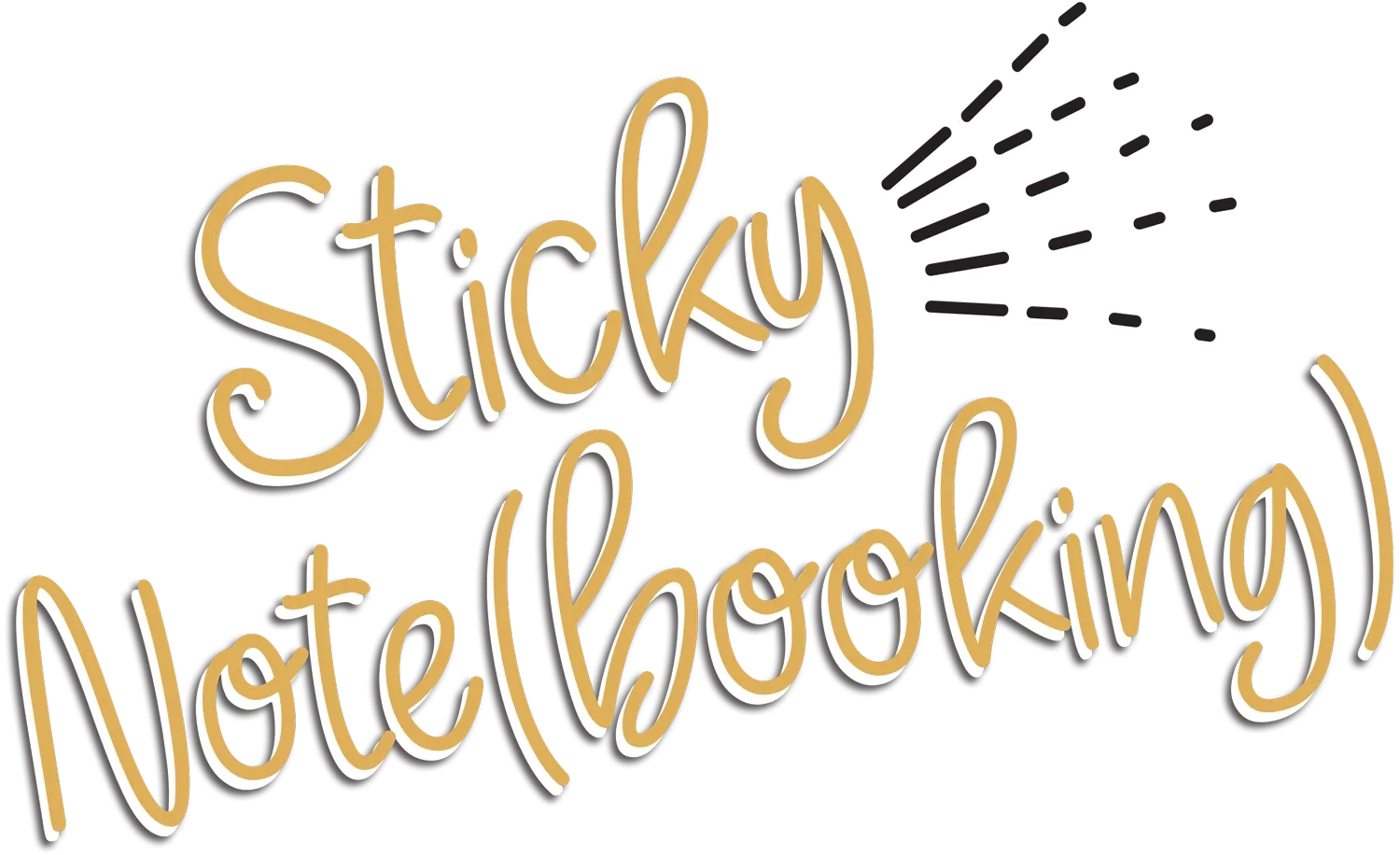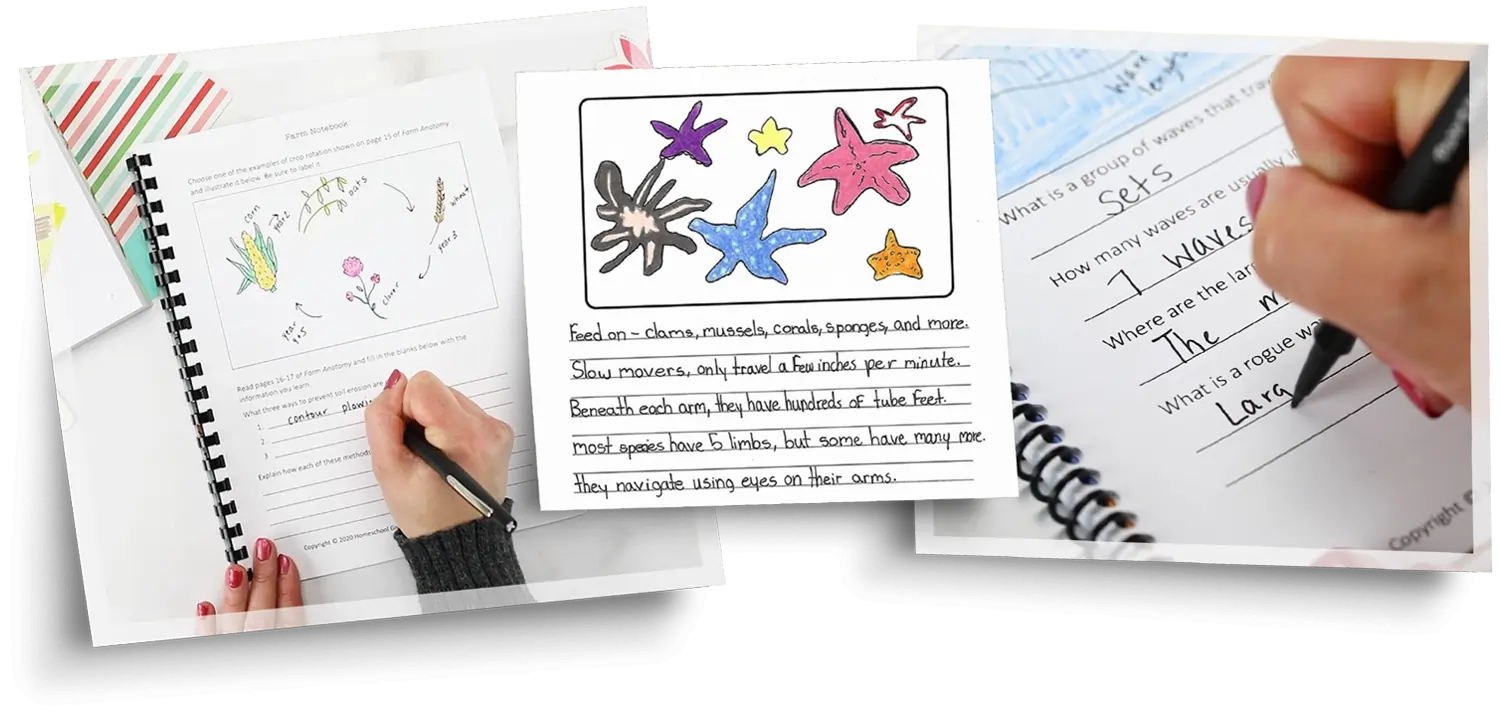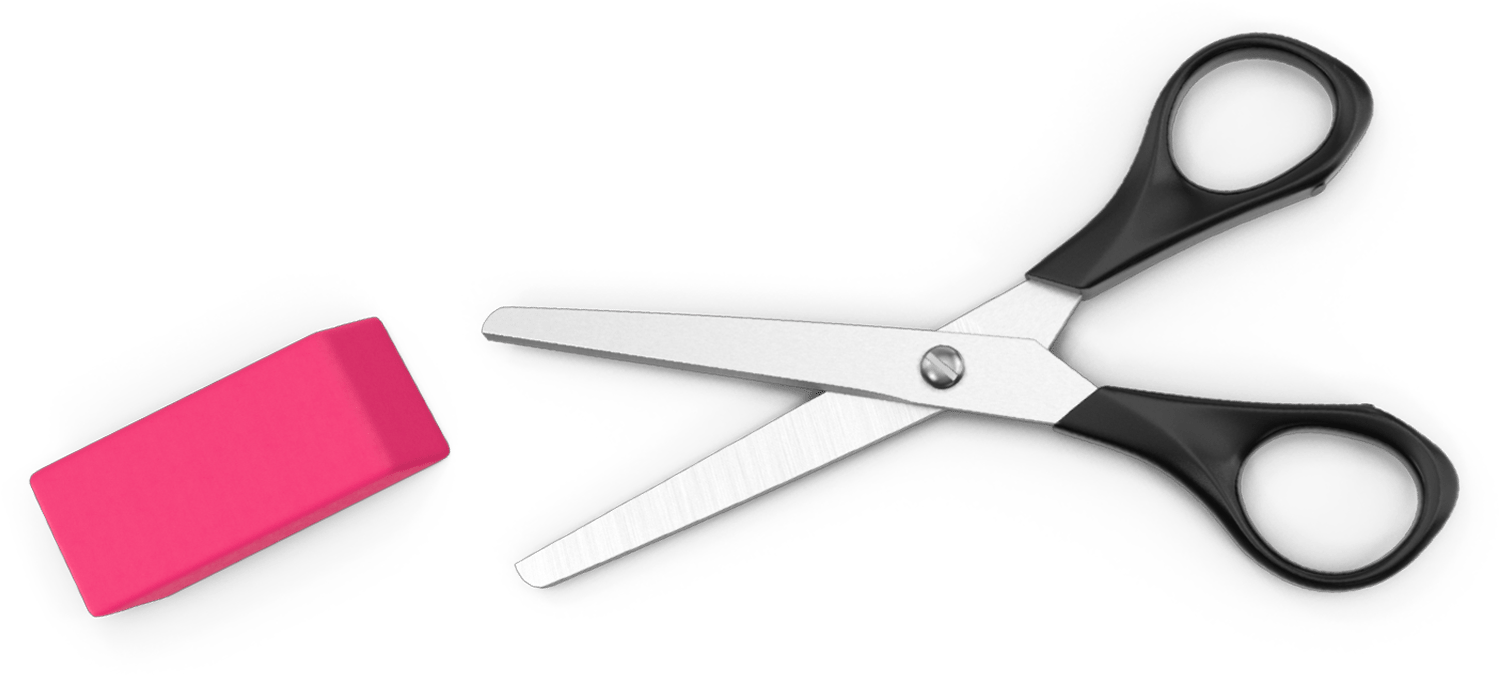

Carrie Fernandez




Carrie Fernandez, the owner and publisher at Daily Skill Building, brings you a featured column this year—Sticky Note(booking). She’ll be sharing how this easy-to-use, flexible tool breathes creativity and life into the way your kids do school.
he moment you begin homeschooling, you encounter a critical truth: every child learns differently. Every child has his own way of understanding information and connecting it to what he has already learned.
When you discover the best way for each of your children to learn, you will see better results, experience less frustration, and enjoy a lot more fun in your homeschool.
If you’re new to exploring learning styles, the vocabulary can seem a bit confusing. We’re going to break down some learning styles and dig into how you can best use notebooking with your unique learner.

Notebooking alongside living books allows kids to see what they are learning about. When they can draw and color pictures or create and label diagrams to show what they are learning, it helps them translate the information into the form they relate to and remember best.
Notebooking with written narration is a great way for aural learners to process new information. Students can read the main text aloud (or listen while someone reads it to them). Then they can narrate their thoughts on paper. They can even record their answers to comprehension questions and oral narration and then write it down as they play back their recording.

They can even incorporate lapbooking elements for more interactive notebook pages like we talked about in the Summer Issue!
Verbal or linguistic learners love words. They tend to enjoy reading, writing, listening, and speaking, and they often have large vocabularies. They enjoy learning new words and pieces of information.
Notebooking alongside living books can give verbal learners a chance to discover an endless world of facts and vocabulary. Instead of simply drawing a fish, for example, they may have the chance to diagram and label some of its many parts. They can dig deeply into the text to form their answers, and they can write about it in as much detail as they wish.

Notebooking is an excellent tool for helping logical learners organize and make sense of what they have read. It gives them room to record facts, create diagrams, and systematically explore a topic.
“Because notebooking is a flexible tool, it is a great resource for many types of learners.”
When you work on a notebook with social learners, you have a chance to talk about all they are learning. They can tell you the answers to questions as they write them down, explain what they are drawing, and ask questions that can lead to fascinating rabbit trails.
They also enjoy sharing their notebooks with others, which doubles as a great review of the information they’ve learned!

Solitary learners are happy alone in a quiet place with a good book. They often learn well independently and enjoy setting and reaching specific goals.
Notebooking is often very open-and-go, which makes it a great tool for solitary learners. They can easily see the text to read and the pages to complete. When they are finished, you can talk to them about what they have read and what they have written. It’s a great way to stay connected to what they are thinking and pondering as they are learning.
Because notebooking is a flexible tool, it is a great resource for many types of learners. It is easy to start and stop for your kinesthetic and social learners and can be structured enough for your solitary or logical learners. Visual learners can see what they are learning and it allows aural and verbal learners to hear new information and narrate what they have discovered.

